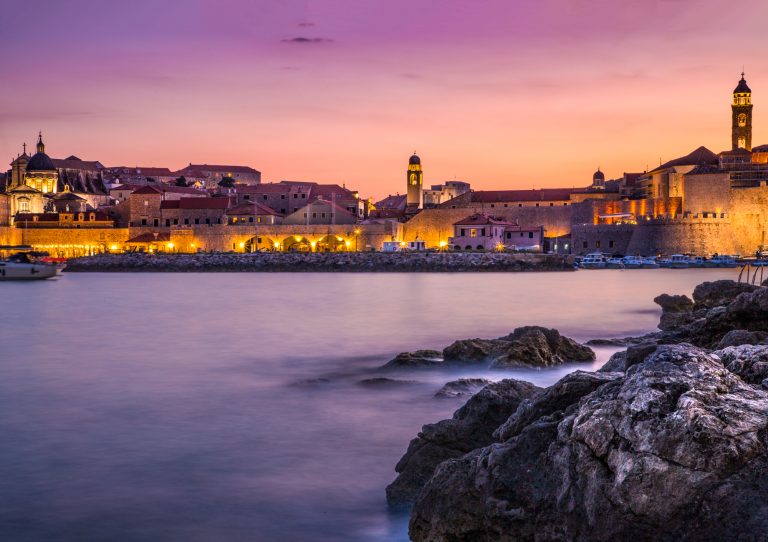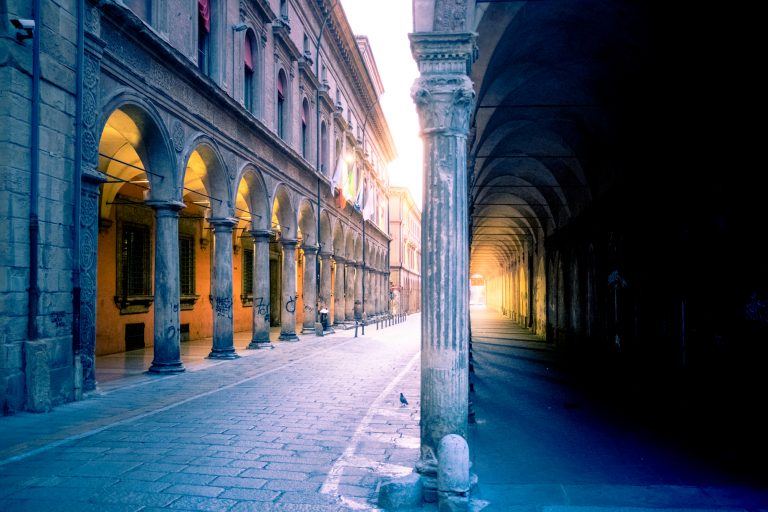
During the Battle of Normandy (Normandie), a staggering 425,000 troops were killed, wounded or went missing. Roughly half of these were Allied troops and the other half German. The Allies also captured an additional 200,000 prisoners of war, whose fate is unknown.

A burst of yellow over a hidden concrete bunker at Omaha Beach 
Concrete bunkers used by the German troops at Omaha Beach 
Spring blooms where hundreds would have died – in a dugout near Omaha Beach
Today, if you visit the D-Day beaches and the Normandy region during Spring, the entire countryside is lit up with thousands of flowers.
The pits that were dug up by the Germans near Omaha beach, the alleys leading towards the German heavy artillery, the hundreds of miles of farmland and idyllic villages that the Allied troops had to march through with unexpected and devastating gunfire and artillery shelling – all of that terrain is flooded by an ocean of yellow, pink, and white. An overpowering sensory experience of simultaneous hope and sadness.

It’s as if those 500,000 souls rise up from the ashes every year to remind us that life is beautiful and precious, and destroying it for any reason is a failure on our collective part.



